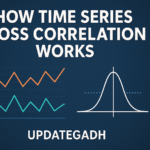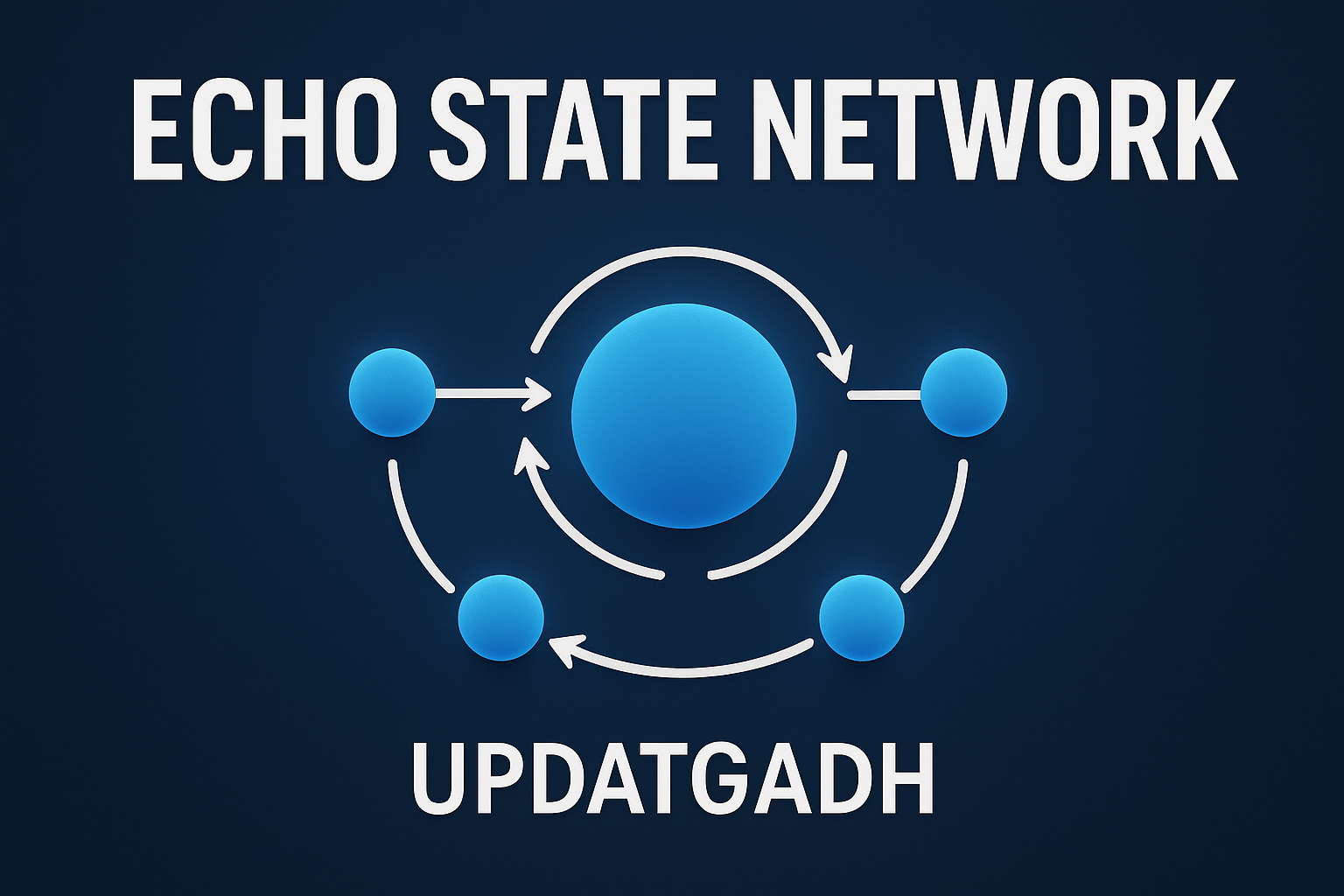

Classification of Neural Network Hyperparameters
Classification of Neural Network Hyperparameters
Neural networks have transformed industries by powering breakthroughs in computer vision, natural language processing, and reinforcement learning. Tasks like image classification, text generation, and speech recognition have reached unprecedented accuracy, largely due to the power of deep learning models.
Yet, the success of these models heavily relies on a critical component: hyperparameters. These are external configurations set before training begins and are not learned from the data. Instead, they are manually tuned to guide how a neural network learns, generalizes, and performs. In this article, we’ll explore the classification of neural network hyperparameters based on their roles and how they influence model behavior.
Machine Learning Tutorial:-Click Here
Data Science Tutorial:-Click Here
Complete Advance AI topics:-CLICK HERE
DBMS Tutorial:-CLICK HERE
1. Model Architecture Hyperparameters
Model architecture hyperparameters define the structure of the neural network. They directly affect the model’s capacity to learn complex data relationships and its efficiency in doing so.
1.1 Number of Layers
The depth of the network influences how abstract the learned representations can become.
- Shallow Networks are faster to train but may struggle with capturing high-level features in complex data.
- Deep Networks, with dozens or even hundreds of layers (e.g., ResNet, DenseNet), can model intricate patterns but demand more computational power and carry a higher risk of overfitting.
1.2 Number of Neurons per Layer
This defines the width of each layer.
- Narrow Layers offer better generalization in simpler tasks.
- Wide Layers can capture richer patterns but may overfit if not managed properly.
Typically, early layers in a network are wider to capture low-level features, and the width reduces in deeper layers to abstract those features.
1.3 Activation Functions
These allow networks to learn complex functions by introducing non-linearity.
- ReLU is the most commonly used due to its efficiency and ability to mitigate vanishing gradients.
- Sigmoid and Tanh are useful in specific contexts (like binary classification), though less favored in deep layers.
- Leaky ReLU and Swish offer improved learning in deeper architectures by addressing ReLU’s limitations.
1.4 Kernel Size and Stride (for CNNs)
Key in image processing tasks:
- Kernel Size: A 3×3 kernel is standard, offering a balance between detail and efficiency. Larger kernels (5×5, 7×7) capture broader features but increase computational cost.
- Stride: A stride of 1 preserves spatial resolution, while higher strides (e.g., 2) help reduce the size of the output, speeding up computation.
1.5 Pooling Layers
Pooling aids in overfitting control and decreases spatial dimensionality.
- The most popular method, max pooling (2×2), keeps important features while shrinking the size of feature maps.
- Average Pooling is better suited for capturing subtle variations in feature values.
2. Learning Process Hyperparameters
These hyperparameters guide how the network updates itself during training.
2.1 Learning Rate
This determines the size of the weight updates:
- A high learning rate speeds up learning but risks overshooting.
- While stability is enhanced by a modest learning rate, sluggish convergence may result.
Many modern approaches use learning rate schedules to dynamically adjust this during training.
2.2 Optimizer
The optimizer defines the algorithm used to minimize the loss function:
- SGD (Stochastic Gradient Descent) is simple and effective but requires fine-tuned learning rates.
- Adam combines the strengths of RMSprop and momentum, making it highly popular across deep learning applications.
- RMSprop works well with non-stationary objectives and is suited for recurrent architectures.
2.3 Batch Size
This determines the number of samples processed before updating the weights:
- Smaller batches (e.g., 32) lead to more noisy gradients but often improve generalization.
- Larger batches (e.g., 128, 256) stabilize the gradient but may compromise generalization.
The choice often depends on hardware constraints and dataset size.
2.4 Momentum
In the proper direction, momentum aids in accelerating gradient descent:
- Standard Momentum (0.5–0.9) smooths updates.
- Nesterov Momentum anticipates future gradients, improving convergence speed and accuracy.
3. Regularization Hyperparameters
Preventing overfitting and enhancing generalisation to unknown data are the goals of these hyperparameters.
3.1 Dropout Rate
Dropout randomly disables neurons during training:
- A rate between 0.2 and 0.5 is common.
- Widely used in fully connected layers; less so in convolutional layers due to natural regularization from shared weights.
3.2 L2 Regularization (Weight Decay)
L2 discourages large weights by adding a penalty to the loss function:
- Typical values for λ range from 0.001 to 0.1.
- Promotes simpler models by constraining weight growth.
Often used alongside dropout for more robust models.
3.3 L1 Regularization
L1 encourages sparsity by pushing weights toward zero:
- Useful in models where feature selection is important.
- Less commonly used in deep networks but valuable in interpretable models.
3.4 Early Stopping
This monitors performance on a validation set and stops training when performance no longer improves.
- Patience is the number of epochs to wait before stopping (commonly 5–10).
- Prevents unnecessary training and helps avoid overfitting.
4. Convolutional Network-Specific Hyperparameters
4.1 Kernel Size
Smaller kernels (e.g., 3×3) are stacked to build deep hierarchies of feature extractors, while larger ones (e.g., 7×7) are used in early layers.
4.2 Stride
A larger stride reduces the feature map size more aggressively. Choosing stride depends on the need to preserve resolution versus reduce computation.
4.3 Padding
Padding retains spatial dimensions by adding extra pixels around inputs, commonly used with 3×3 kernels to preserve output size.
5. Recurrent Neural Network (RNN) Hyperparameters
5.1 Sequence Length
Defines how far back in time the network looks. Longer sequences capture more context but can lead to vanishing gradients.
5.2 Hidden State Size
More hidden units allow better memory and representation, but they increase computation.
5.3 Bidirectionality
Bidirectional RNNs use past and future context, improving performance in tasks like language modeling or sentiment analysis.
6. Transformer and Attention-Based Hyperparameters
6.1 Number of Attention Heads
More heads enable capturing diverse relationships in input sequences. Typical values range from 4 to 16 in large models.
6.2 Attention Window
Limiting the window size in long sequences can improve computational efficiency.
6.3 Embedding Dimension
Larger embeddings capture richer semantics but require more memory. Balance is essential for scalability.
Complete Python Course with Advance topics:-Click Here
SQL Tutorial :–Click Here
Download New Real Time Projects :–Click here
Conclusion
When determining a neural network’s efficacy, efficiency, and generalisation, hyperparameters are crucial.From architecture design to training procedures and regularization methods, careful tuning of these configurations is essential for optimal performance.
At UpdateGadh, we believe in making complex AI concepts accessible and actionable. Understanding these hyperparameter categories provides a solid foundation for building smarter, faster, and more accurate models tailored to your tasks and data.
list of hyperparameters in neural network
neural network hyperparameters tuning
hyperparameters in deep learning
cnn hyperparameters
neural network hyperparameter tuning python
hyperparameters in machine learning
examples of hyperparameters in machine learning
how to choose hyperparameters for neural network
learning rate neural network
neural network hyperparameters example
neural network hyperparameters python
neural network hyperparameters geeksforgeeks










Post Comment